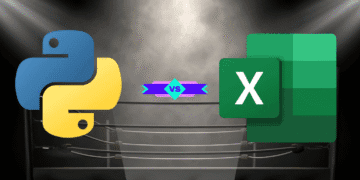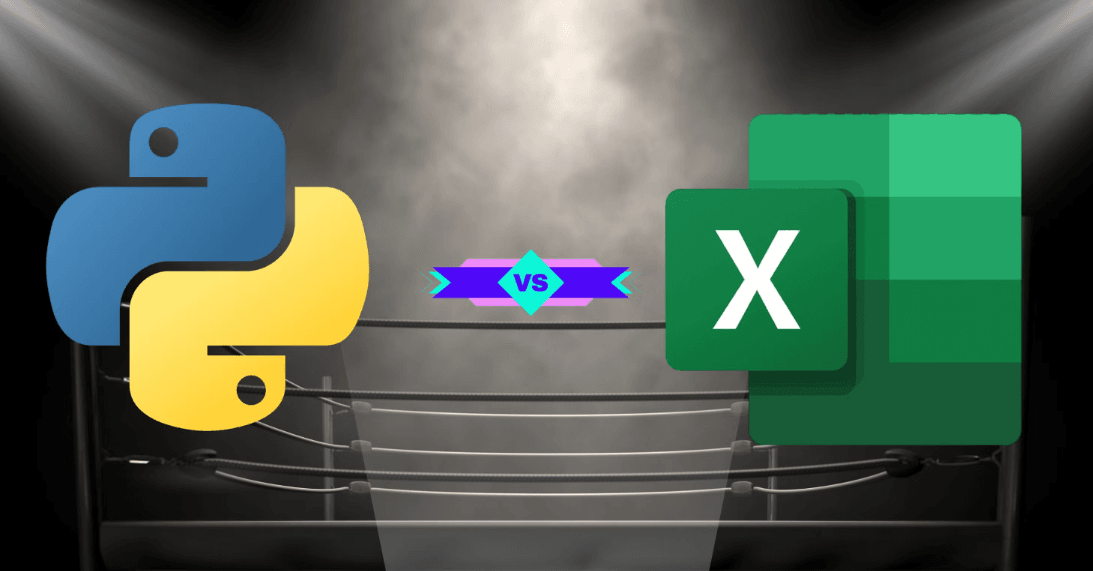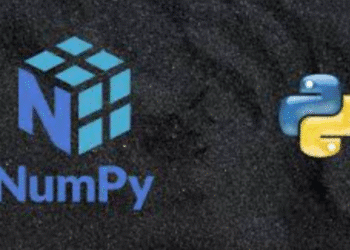Athira Sethu
Kochi, 30 July 2025
Python is being used as an increasingly effective tool in the business world, with new professionals uncovering its potential daily. Due to AI coding assistants, it has never been simpler to learn Python. Something that used to be in the hands of technical teams is now being utilized by business teams within big corporations. Operations that were thought to be impossible a few years ago are now becoming commonplace.
Excel vs. Python
Excel has been the primary business user application for decades. It’s simple and intuitive to everyone. Excel isn’t perfect, however. It has difficulties with big data, advanced formulas, and managing versions. Data maintenance and validation can also be a problem.
Python, however, can manage enormous datasets and execute sophisticated computations at the same time. It also eliminates tedious routine and supports integration with other data sources, which is both more capable and versatile than Excel. More business users, therefore, are looking to Python for their everyday use.
There remains, though, a huge problem to solve.
The Sharing Problem
A large problem is that when business users develop Python applications, they usually do not share them with others. This is an untapped opportunity since these applications could be of benefit to entire teams. While developing Python applications has grown easier, sharing them still proves to be challenging.
Other companies rely on tools such as Jupyter notebooks to share Python code. Although it suits technical users, it’s not easy to use for users who are familiar with Excel but have little knowledge of programming.
Why Sharing Python Apps is Challenging
First, Python code typically resides on the creator’s machine, so it is difficult to share with coworkers. To share the app, the code must be shipped to a shared server. Although cloud computing alleviates this, technical hurdles remain to be cleared.
Second, business users should have easy-to-use interfaces. They don’t need to see and comprehend code, they need basic forms to complete and buttons to press. Proprietary solutions usually involve having to learn new programming languages, and this creates another level of complexity.
FastHTML
FastHTML is a new framework designed to solve these problems. It’s built on Python and allows users to create interactive web applications with minimal coding. With FastHTML, business users can create applications that are accessible through any web browser. Once deployed, colleagues can use the application like a regular website, making sharing simple and intuitive.
Why FastHTML is Useful for Business
- Pure Python Development: They can create applications with Python alone, the language they are learning anyway.
- Web-Based Sharing: The apps turn into web apps automatically that can be accessed easily by colleagues using any browser.
The Future
As Python grows more accessible, it is most likely to oust Excel as the primary business tool. Python is more powerful and flexible, and tools like FastHTML address the sharing dilemma that has stifled businesses in the past.
When users are able to create their own Python solutions and share them with people effortlessly, it results in increased efficiency. Every little thing no longer has to be tackled by IT departments, and innovation becomes faster.





















